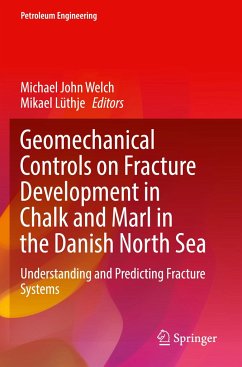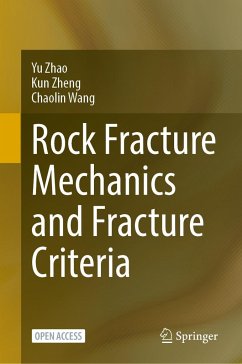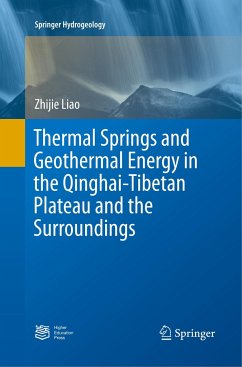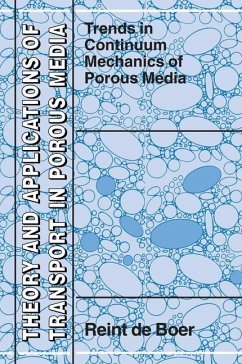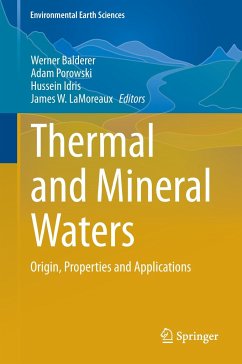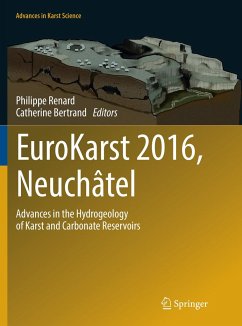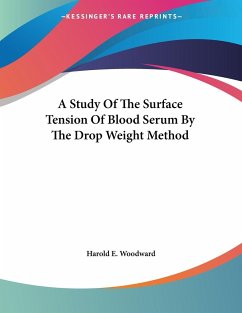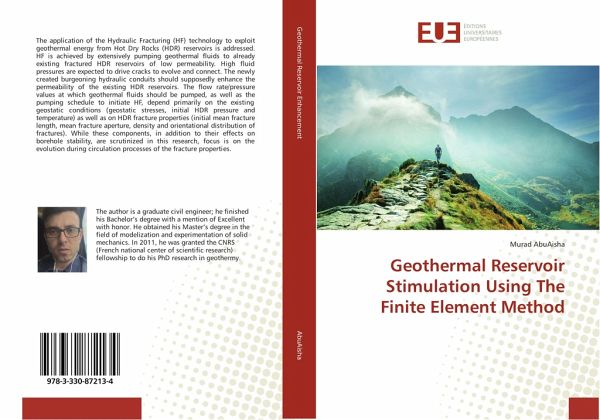
Geothermal Reservoir Stimulation Using The Finite Element Method
Versandkostenfrei!
Versandfertig in 6-10 Tagen
74,90 €
inkl. MwSt.

PAYBACK Punkte
0 °P sammeln!
The application of the Hydraulic Fracturing (HF) technology to exploit geothermal energy from Hot Dry Rocks (HDR) reservoirs is addressed. HF is achieved by extensively pumping geothermal fluids to already existing fractured HDR reservoirs of low permeability. High fluid pressures are expected to drive cracks to evolve and connect. The newly created burgeoning hydraulic conduits should supposedly enhance the permeability of the existing HDR reservoirs. The flow rate/pressure values at which geothermal fluids should be pumped, as well as the pumping schedule to initiate HF, depend primarily on ...
The application of the Hydraulic Fracturing (HF) technology to exploit geothermal energy from Hot Dry Rocks (HDR) reservoirs is addressed. HF is achieved by extensively pumping geothermal fluids to already existing fractured HDR reservoirs of low permeability. High fluid pressures are expected to drive cracks to evolve and connect. The newly created burgeoning hydraulic conduits should supposedly enhance the permeability of the existing HDR reservoirs. The flow rate/pressure values at which geothermal fluids should be pumped, as well as the pumping schedule to initiate HF, depend primarily on the existing geostatic conditions (geostatic stresses, initial HDR pressure and temperature) as well as on HDR fracture properties (initial mean fracture length, mean fracture aperture, density and orientational distribution of fractures). While these components, in addition to their effects on borehole stability, are scrutinized in this research, focus is on the evolution during circulationprocesses of the fracture properties.



